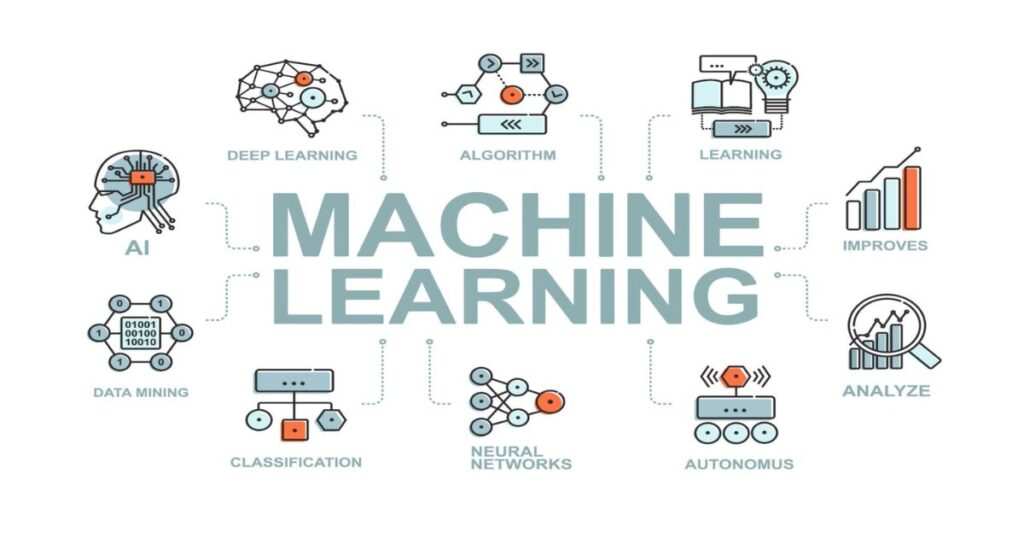The insurance industry is experiencing a remarkable transformation through digital and analytics. Here’s a comprehensive exploration of how TheStudyPoints evaluates this evolution and its impact on the insurance sector.
The Role of Digital Transformation in Insurance
The landscape of insurance has dramatically shifted with digital transformation becoming the cornerstone of modern operations. Insurance providers are increasingly adopting sophisticated digital tools to streamline their processes and enhance customer satisfaction.
This transformation isn’t just about digitizing paperwork – it’s about fundamentally reimagining how insurance services are delivered and consumed.
Companies are leveraging cloud computing and advanced analytics to create more responsive and efficient systems. For instance, major insurers have reported up to 40% reduction in processing times after implementing digital solutions.
These improvements demonstrate how digital and analytics in insurance are reshaping traditional business models into more agile and customer-centric operations.
Big Data and Its Impact on Insurance
Big data has become the backbone of modern insurance operations, enabling insurers to process vast amounts of information from diverse sources.
Through sophisticated data analytics, insurance companies can now analyze everything from social media patterns to IoT sensor data, creating a more comprehensive understanding of risk profiles and customer needs.
The implementation of big data solutions has led to remarkable improvements in risk assessment accuracy. Insurance providers using advanced analytics have reported up to 30% better prediction rates for claims probability.
This enhanced accuracy directly translates into more precise pricing models and better risk management strategies.
Machine Learning and AI in Risk Assessment

AI and ML have revolutionized risk assessment in insurance. These technologies enable insurers to process complex data sets and identify patterns that human analysts might miss. Predictive analytics powered by machine learning algorithms can now forecast claim probabilities with unprecedented accuracy.
Real-world implementation has shown impressive results:
| AI Application | Impact on Insurance Operations |
| Risk Assessment | 35% improvement in accuracy |
| Claims Processing | 50% reduction in processing time |
| Customer Service | 60% faster response times |
| Fraud Detection | 40% better fraud identification |
The Role of Telematics and IoT in Insurance
Telematics and IoT devices are transforming how insurers collect and utilize real-time data. These technologies enable usage-based insurance models that provide more accurate risk assessment and fairer pricing.
Through connected devices, insurers can monitor everything from driving habits to home security systems, offering personalized coverage based on actual usage patterns.
The implementation of IoT in insurance has led to significant improvements in risk management and customer engagement. For example, auto insurers using telematics report up to 20% reduction in claim frequencies among monitored drivers.
This demonstrates how digital and analytics in insurance are creating more transparent and mutually beneficial relationships between insurers and policyholders.
Improving Customer Experience with Digital Tools

The integration of digital tools has revolutionized customer experience in insurance. Modern insurers are implementing AI-powered chatbots and virtual assistants that provide 24/7 customer support, handle routine queries, and assist with claims processing.
These digital solutions have transformed traditional customer service models into more responsive and efficient systems. Insurance providers utilizing advanced digital and analytics solutions report significant improvements in customer satisfaction metrics.
For example, companies implementing digital claims processing systems have seen customer satisfaction scores increase by up to 45%. This enhancement in service delivery demonstrates how TheStudyPoints analysis of digital transformation is reshaping customer interactions in the insurance sector.
Read This Post: Discount Code TTweakFlight: Unlocking Travel Savings
Fraud Detection and Prevention through Analytics
Fraud detection has become more sophisticated through the implementation of advanced analytics and AI. Insurance companies now employ complex machine learning algorithms to identify suspicious patterns and prevent fraudulent claims before they impact the bottom line.
These systems analyze multiple data points simultaneously, from social media activity to claim histories, creating a comprehensive fraud prevention framework.
The impact of analytics on fraud prevention has been substantial:
| Fraud Prevention Metric | Improvement with Analytics |
| Fraud Detection Rate | Up to 60% increase |
| False Positive Reduction | 40% decrease |
| Investigation Time | 50% reduction |
| Cost Savings | 30% improvement |
Enhancing Operational Efficiency with Digital and Analytics
Digital transformation has significantly improved operational efficiency in insurance. Through the implementation of automated workflows and integrated systems, insurers have streamlined their processes from policy issuance to claims settlement.
Cloud computing solutions have enabled better collaboration and reduced infrastructure costs while ensuring data security.
The adoption of digital and analytics in insurance has led to measurable improvements in operational metrics. Companies report up to 35% reduction in operational costs and 50% improvement in processing speed after implementing digital solutions.
These efficiencies allow insurers to focus more resources on innovation and customer service improvements.
The Future of Digital and Analytics in Insurance

The future of insurance is being shaped by emerging technologies and evolving customer expectations.
Blockchain technology is poised to revolutionize contract management and claims processing, while advanced AI systems will enable even more personalized insurance products.
Smart contracts are expected to automate many aspects of policy management and claims settlement.
Key trends shaping the future include:
- Integration of blockchain for transparent transactions
- Advanced predictive analytics for risk assessment
- Expanded use of IoT devices in risk monitoring
- Enhanced personalized health and wellness plans
- Implementation of dynamic pricing models
Read This Post: Nearly Korean CES Eureka Park: Insights from Nikkei Asia
Frequently Asked Questions
How big is the insurance analytics market?
The global insurance analytics market is projected to reach $22.45 billion by 2027, growing at a CAGR of 12.3%. This growth is driven by increased adoption of digital and analytics solutions across all insurance sectors.
How digital technology is transforming the insurance industry?
Digital technology is revolutionizing insurance through automated underwriting, real-time risk assessment, and personalized customer experiences. The transformation encompasses everything from policy issuance to claims processing.
How is data analytics used in insurance?
Data analytics in insurance is used for risk assessment, fraud detection, customer segmentation, and personalized pricing. It enables insurers to make data-driven decisions and improve operational efficiency.
What is digital in insurance?
Digital in insurance refers to the integration of technologies like AI, ML, IoT, and cloud computing to modernize insurance operations and enhance customer experience.
Conclusion
The evolution of digital and analytics in insurance continues to reshape the industry landscape. As highlighted by TheStudyPoints, these technological advancements are creating more efficient, customer-centric insurance operations.
The integration of digital tools and analytics has become essential for insurers looking to remain competitive in an increasingly digital world. The future of insurance will be characterized by even greater technological innovation, with AI, blockchain, and IoT playing pivotal roles.
Successful insurers will be those who effectively leverage these technologies while maintaining focus on customer needs and risk management. As we move forward, the continued evolution of digital and analytics in insurance will drive further improvements in efficiency, accuracy, and customer service.

